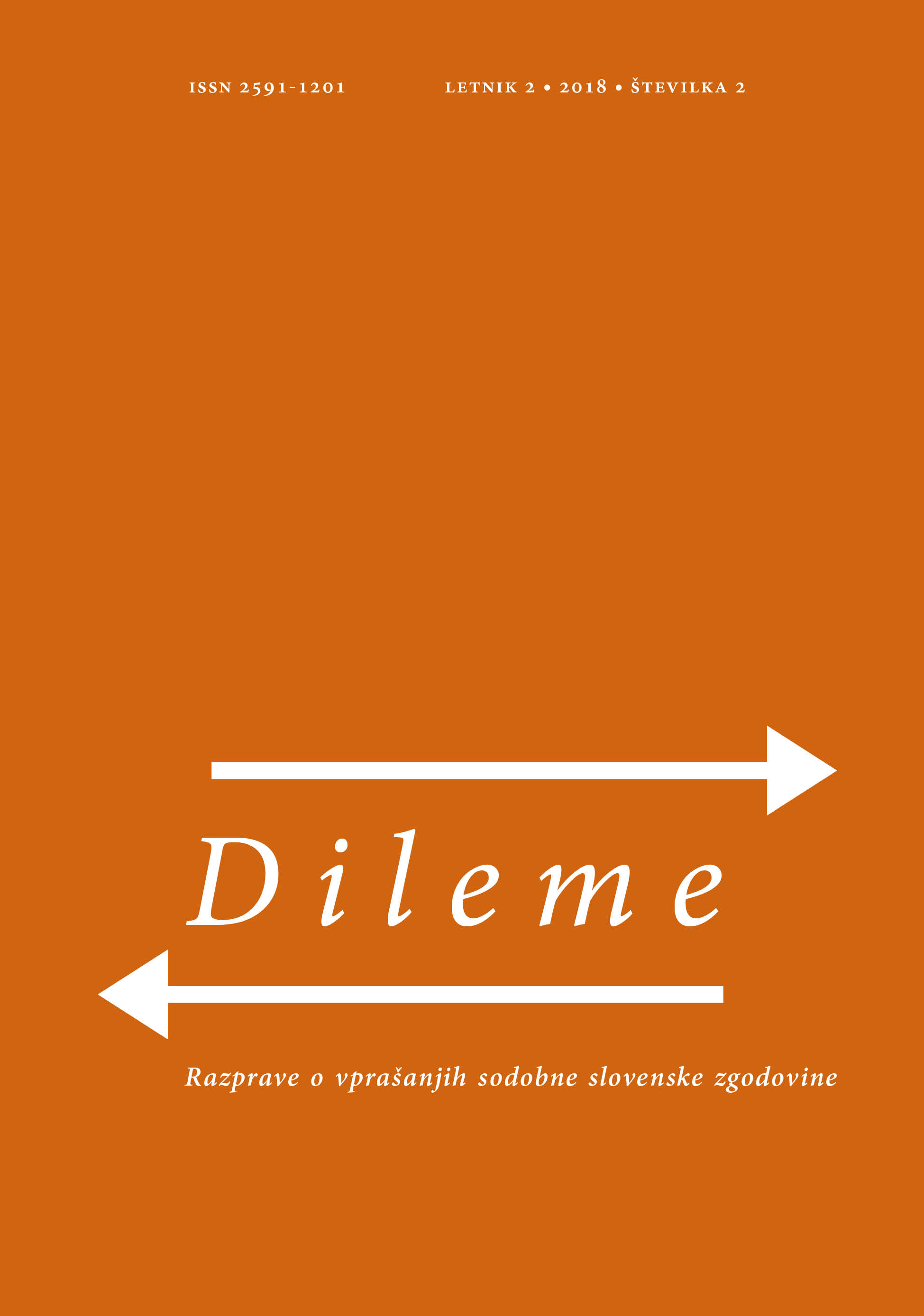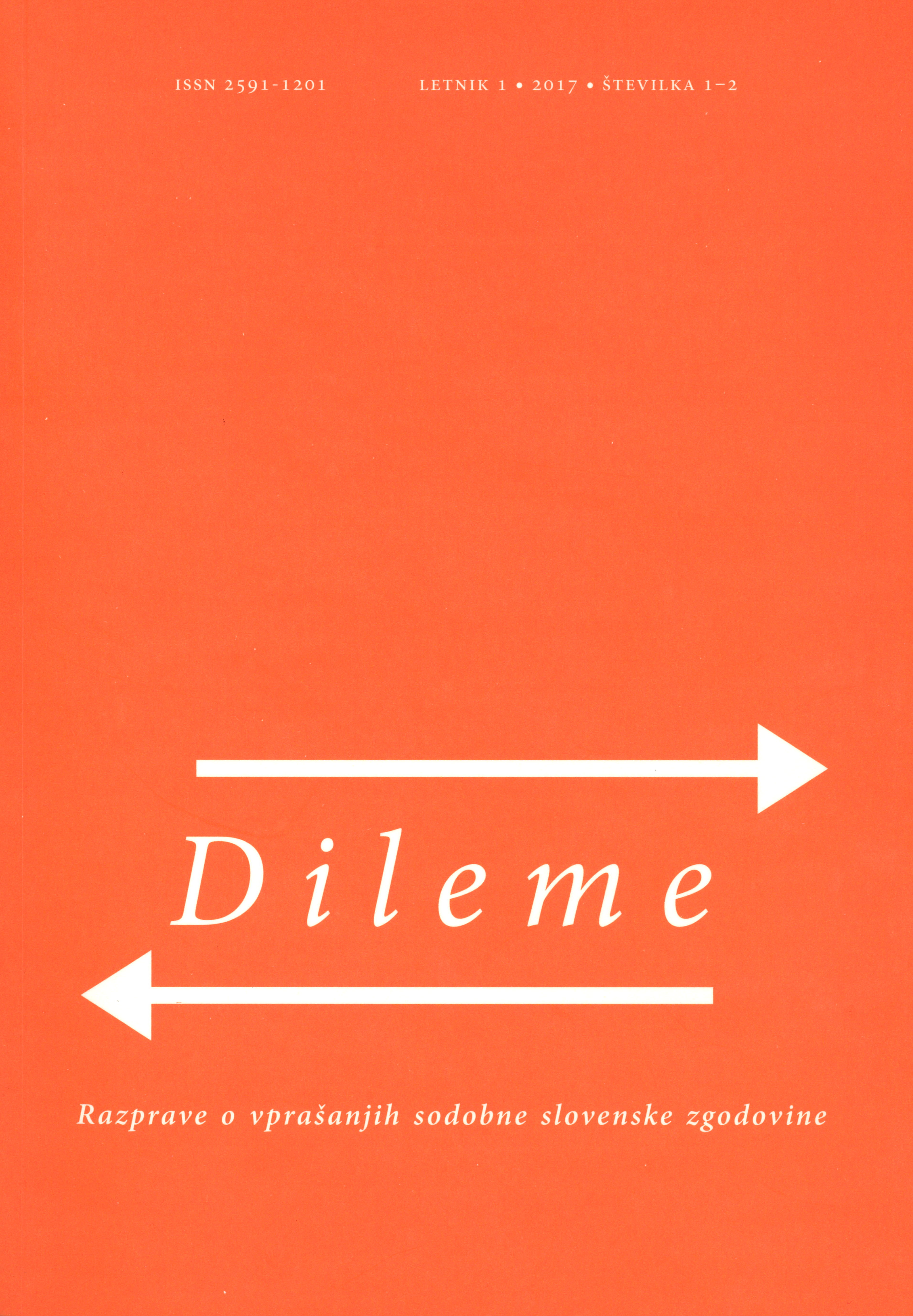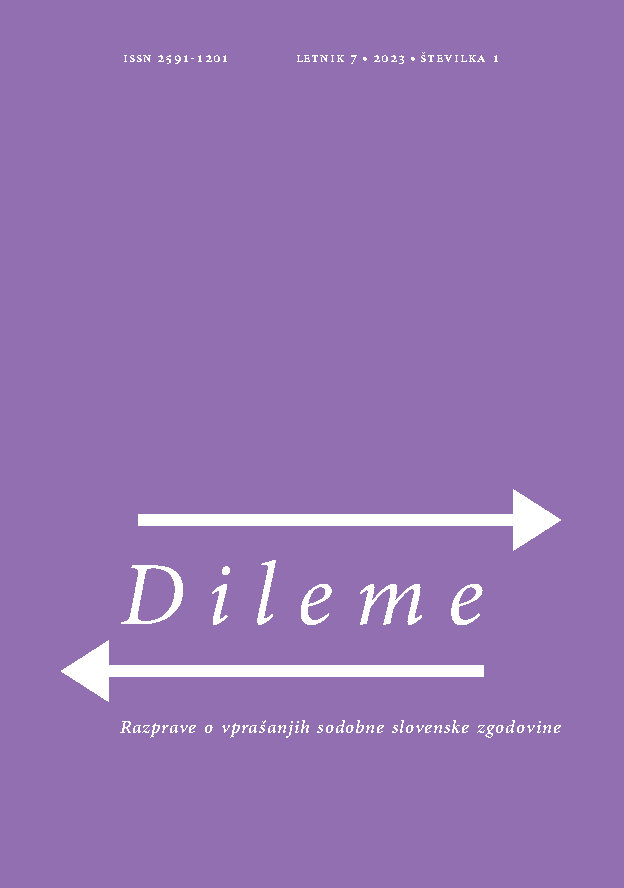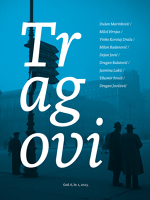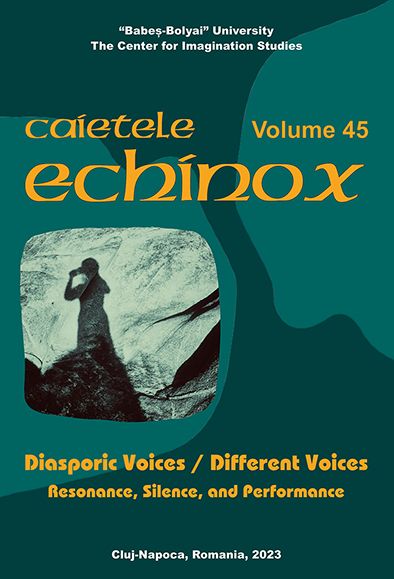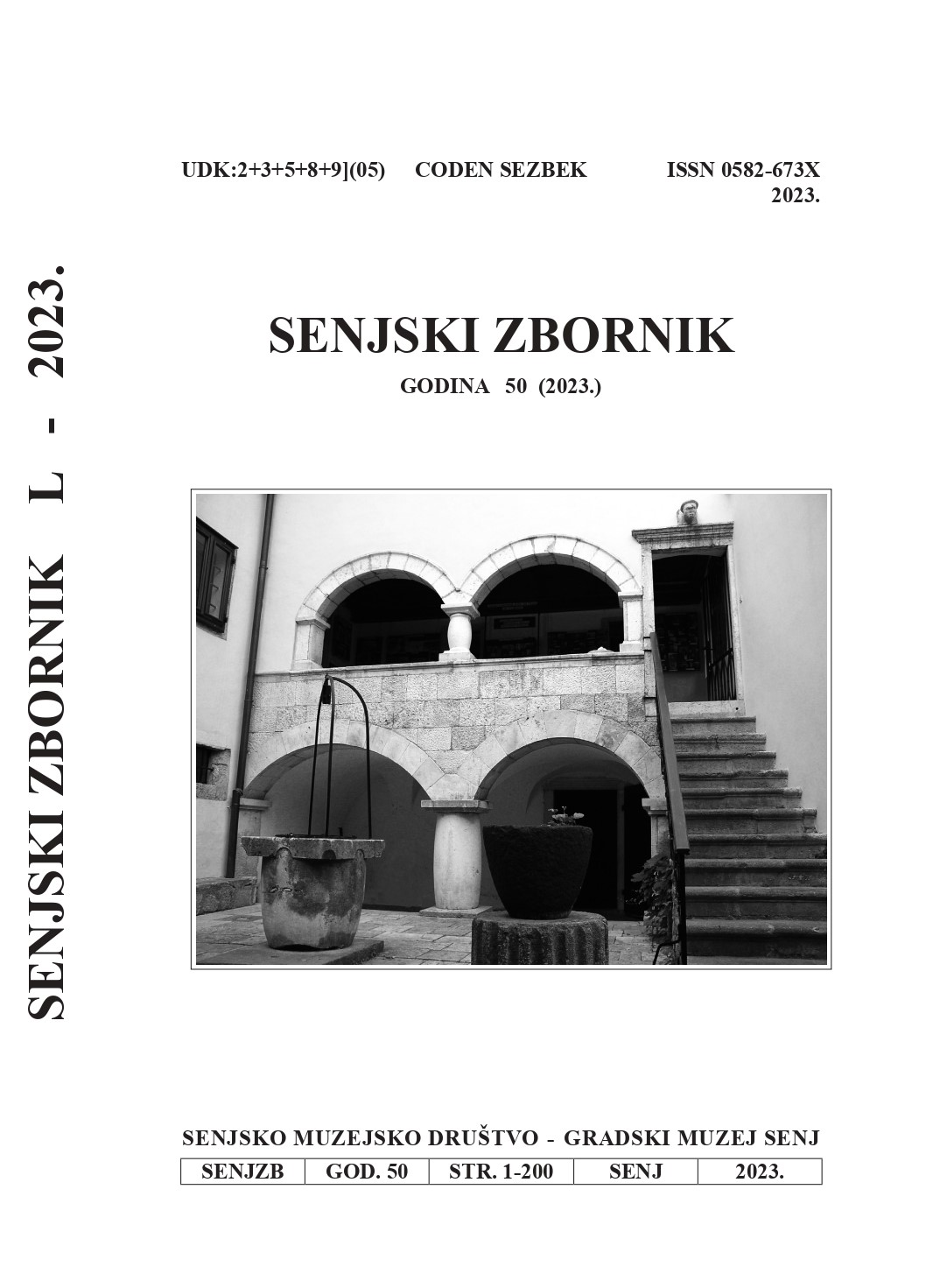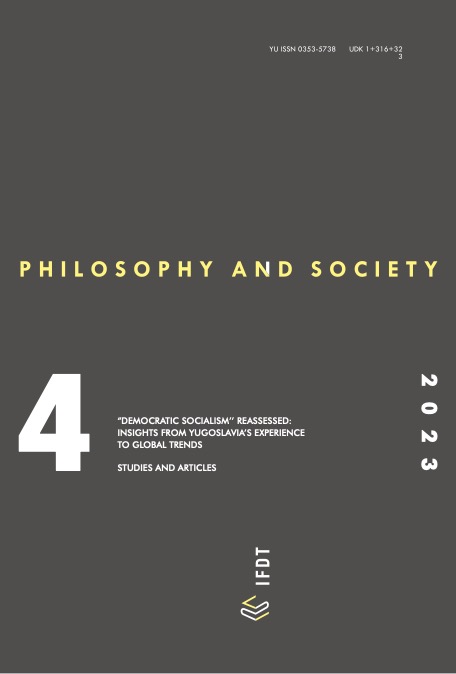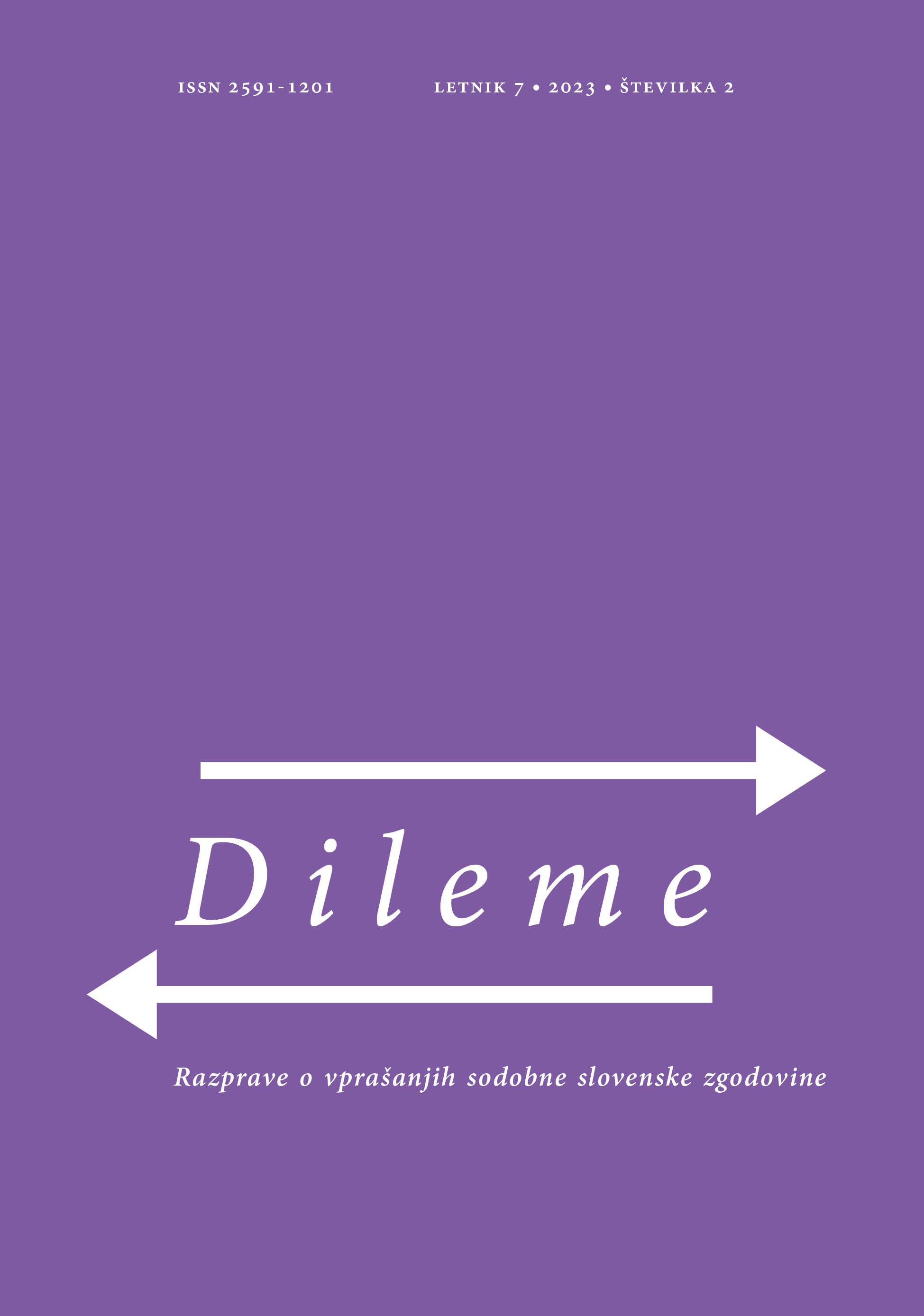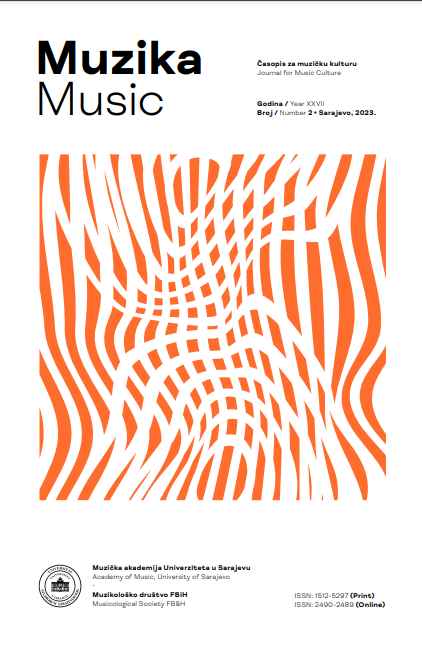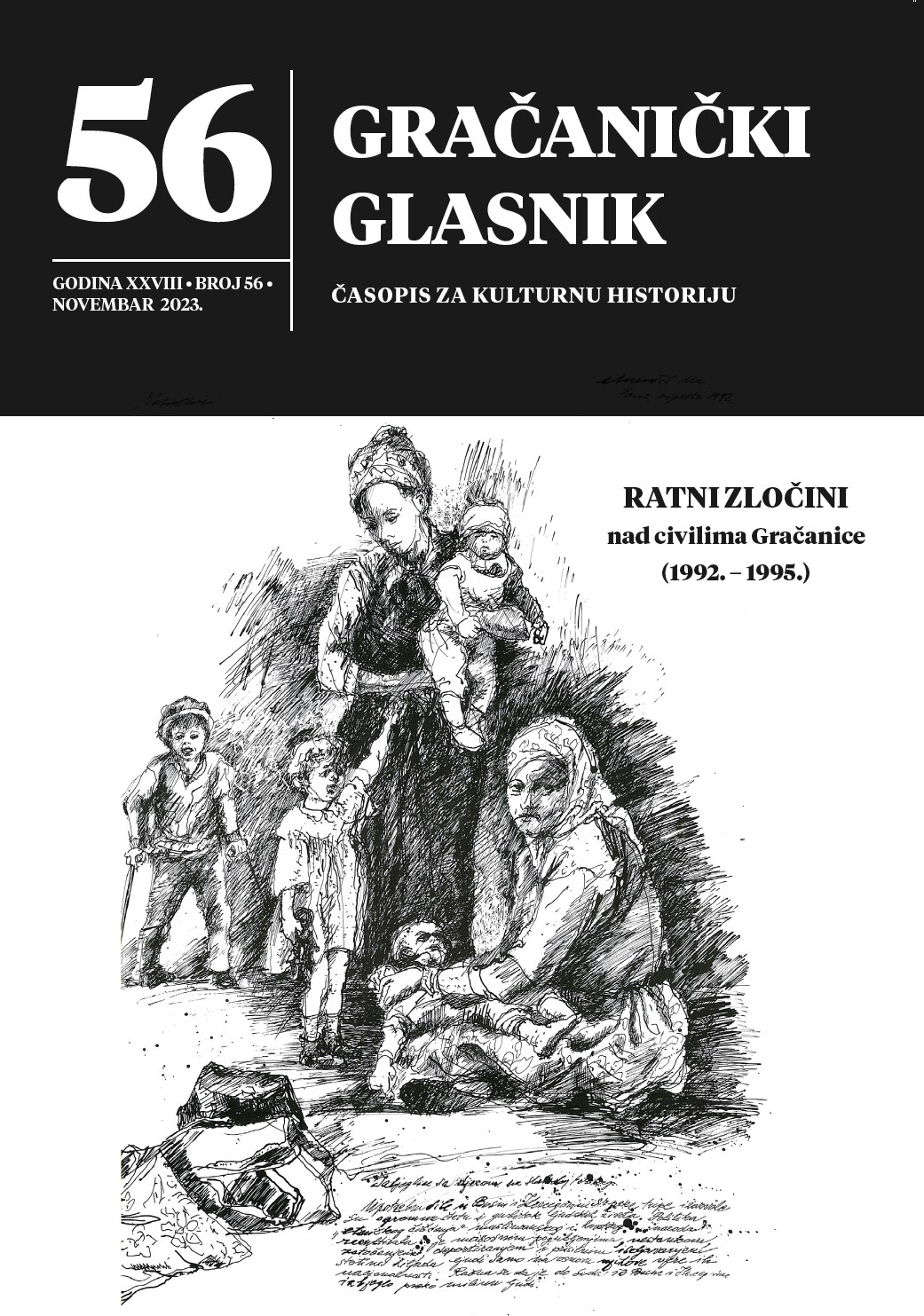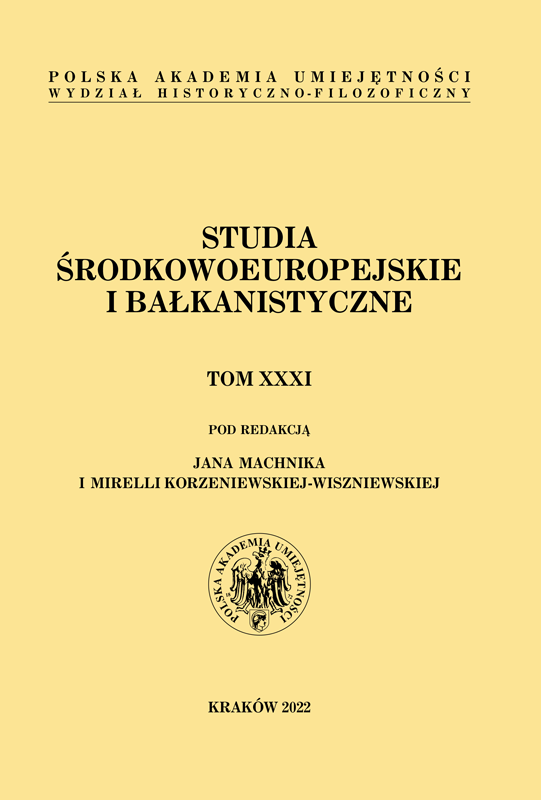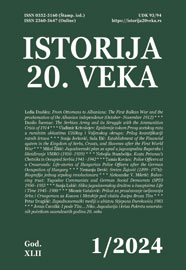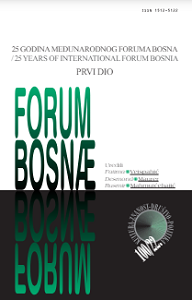Author(s): Edin Šaković / Language(s): Bosnian
Issue: 56/2023
In this article, basic data is presented on cases of violations of the rules and customs of international humanitarian law, namely war crimes that occurred in the municipality of Gračanica and among its inhabitants from 1992 to 1995. The Gračanica area is not an exception to numerous documented cases of war crimes throughout Bosnia and Herzegovina. Despite organizing and successfully defending itself against aggressors, avoiding the fate of cities and municipalities that were occupied and became sites of the most severe mass crimes (including crimes against humanity and genocide), Gračanica and its surrounding settlements were under constant indiscriminate artillery attacks, sniper fire, infantry weapons, heavy machine guns, and anti-aircraft guns aimed at civilian targets. Additionally, individual cases of more serious war crimes, such as capture and execution, and direct killing of civilians, were recorded. This article is based on historical sources and archival material—on those which we were able to access directly or indirectly. Based on available sources, we examined cases in which civilian populations lost their lives or suffered injuries under circumstances that unquestionably constituted violations of the provisions and rules of international humanitarian law. War crimes committed in the Gračanica area can be fundamentally divided into three categories: 1) civilians directly harmed by aggressors, i.e., those who were captured and killed, as well as those directly killed with criminal intent; 2) civilians killed and wounded by snipers, infantry weapons, and anti-aircraft means; and 3) civilians killed and wounded in the shelling of civilian settlements. In cases of directly committed crimes against civilian populations, a few cases from the early stages of the war stand out. Firstly, the fate of three members of the Jusufović family, captured in DonjaLohinja and criminally executed in Lendići, where their bodies were found a year after their disappearance. Similar to the Jusufović family was the fate of SabrijaMuratović from DonjaOrahovica, who was captured and executed at the beginning of the war, and his body was found a few months later. There is also the murder of Meho Bejtić from Gračanica, the oldest civilian victim of war in the Gračanica area, and the tragic fate of Sead Habibović from Džakule, a victim of the Serbian concentration camp Batković. Another civilian, Džema lMujkić from Stjepan Polje, fell victim to direct murder by VRS (1993). Three civilians disappeared, one in the municipality, and the other two in other parts of Bosnia and Herzegovina. Civilians who were originally from Gračanica but had permanent residence in other municipalities before the war are not addressed in this work. However, we mentioned three cases in which Gračanica natives were victims of war crimes, including so-called “ethnic cleansing” (specifically, the crime of genocide) in Doboj and Brčko. A significant number of civilians suffered fatal injuries or were wounded by aggressors through sniper fire, machine gun fire, and anti-aircraft fire. Considering the circumstances and technical characteristics of the weapons used against civilians, these incidents can be considered deliberate crimes and strategically planned means of terror. In such attacks, at least 13 people were killed, including 4 women and 2 children; 57 people were injured, including 20 women and 11 children and minors. Another 11 people were, as mentioned, shot (including 4 women and 4 children), but we did not find detailed information on the circumstances of their injuries in available sources. The highest number of casualties occurred in artillery attacks on civilian settlements and objects. From May 1992 to October 1995, 93 civilians were killed by shrapnel during artillery fire, including 33 women and 22 children. Over 330 civilians, including 59 children, were seriously or lightly wounded. Records we used also mention the injury of seven more municipality residents, but without described circumstances of the injuries, so we did not include them in the mentioned numbers. However, there is no doubt that at least some of them were wounded due to the previously described circumstances. Some civilians also suffered on the territory under HVO control in 1993, mainly on the road and in convoys transporting goods to free territories. Two of them were directly killed, and a larger number were injured; two more civilians were killed under unclear circumstances later, in 1994 and 1995. Taking all these data into account, we see that at least 115 civilians from the municipality of Gračanica were fatally injured in circumstances that, as we have determined, constitute war crimes—115 out of the total officially reported number of 150 people. Therefore, more than two-thirds of all documented civilian casualties of war are, in fact, victims of war crimes. All this information, it must be emphasized once again, is not complete. We presented it based only on the material and documentation available to us, which we were able to verify. The actual number is undoubtedly higher. Nevertheless, all documented cases presented here are cases of war crimes, the most serious criminal offenses that never expire. Prosecuting such criminal acts is an obligation and a necessity. The fact that post-war Bosnian-Herzegovinian society, for various reasons, has deviated from this obligation should not and must not be any excuse. During the war, the former Public Security Station Gračanica submitted reports on committed criminal offenses, i.e., criminal reports related to some of the committed and documented war crimes. We emphasize, some—because, given the circumstances, the police managed to process only a part of the total number, or the actual extent, of war crimes in this area (indeed, we dare say: a smaller part). All reports and criminal reports were duly received and recorded in the Higher Public Prosecutor’s Office Tuzla—the predecessor of today’s Cantonal Prosecutor’s Office in Tuzla. However, the fact that there is not a single case currently formed in the Cantonal Court in Tuzla related to the Gračanica area is more than significant. By publishing this article, we want to raise awareness within the local community about the scale of the crimes that have occurred and encourage broader social engagement in terms of directing requests to judicial institutions for the prosecution of the cases described here (at least the most serious ones). (Translated by E. Bokun)
More...
